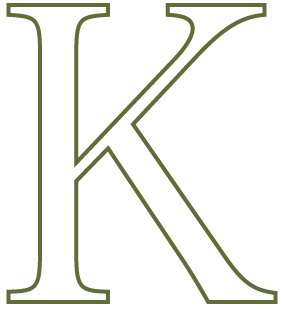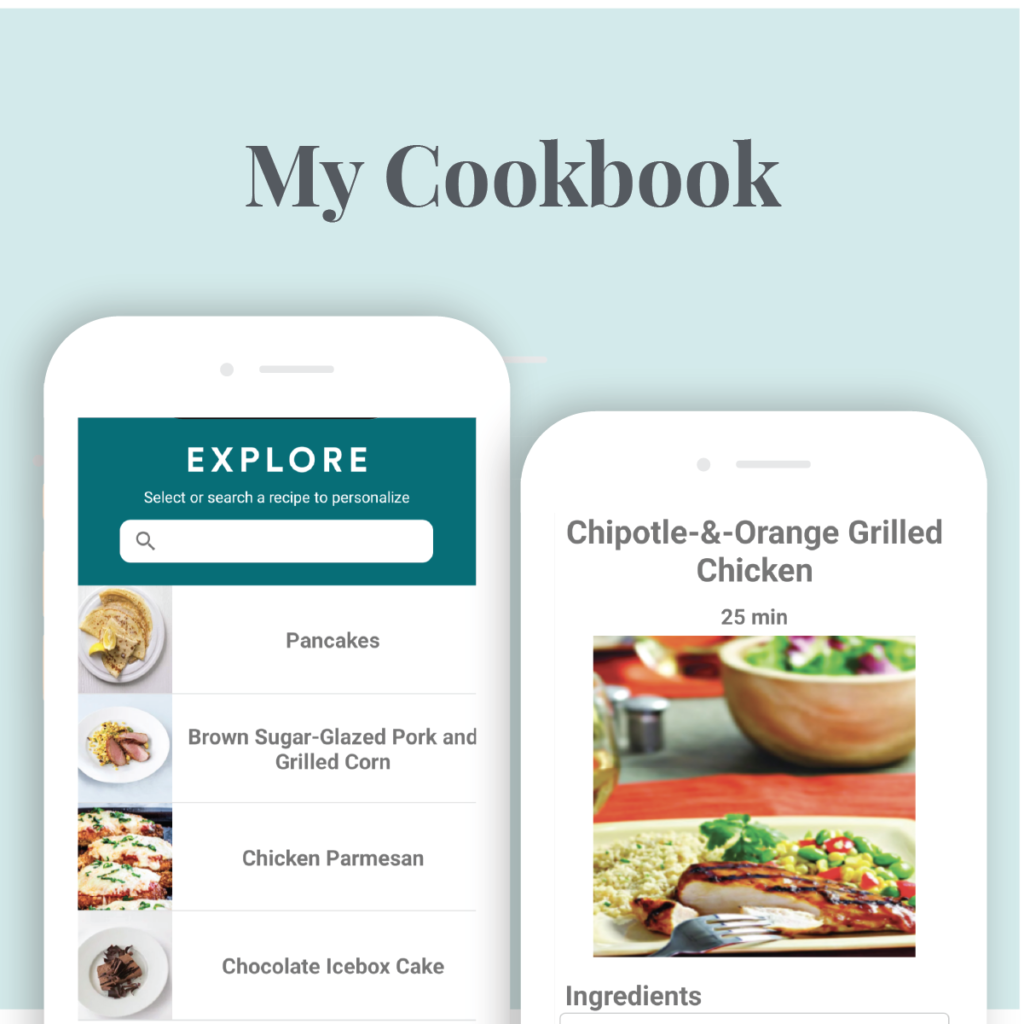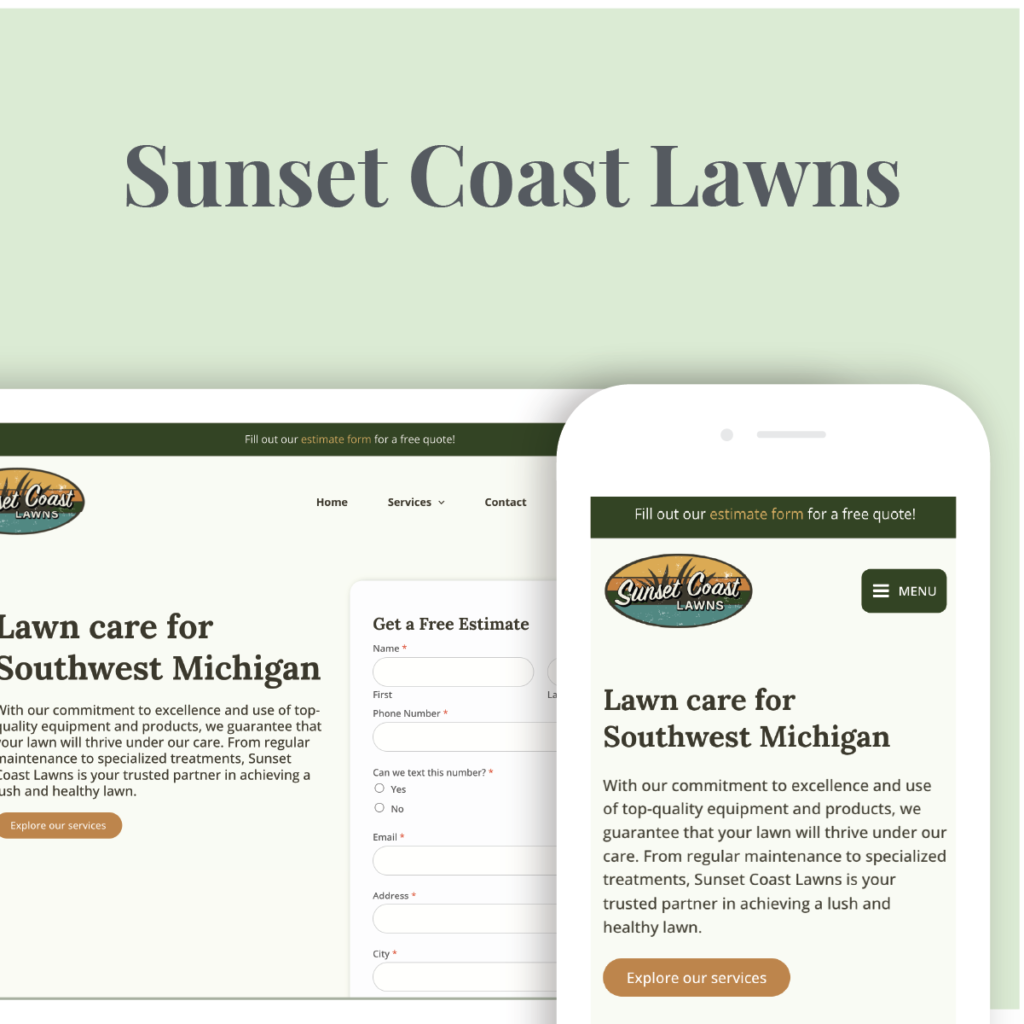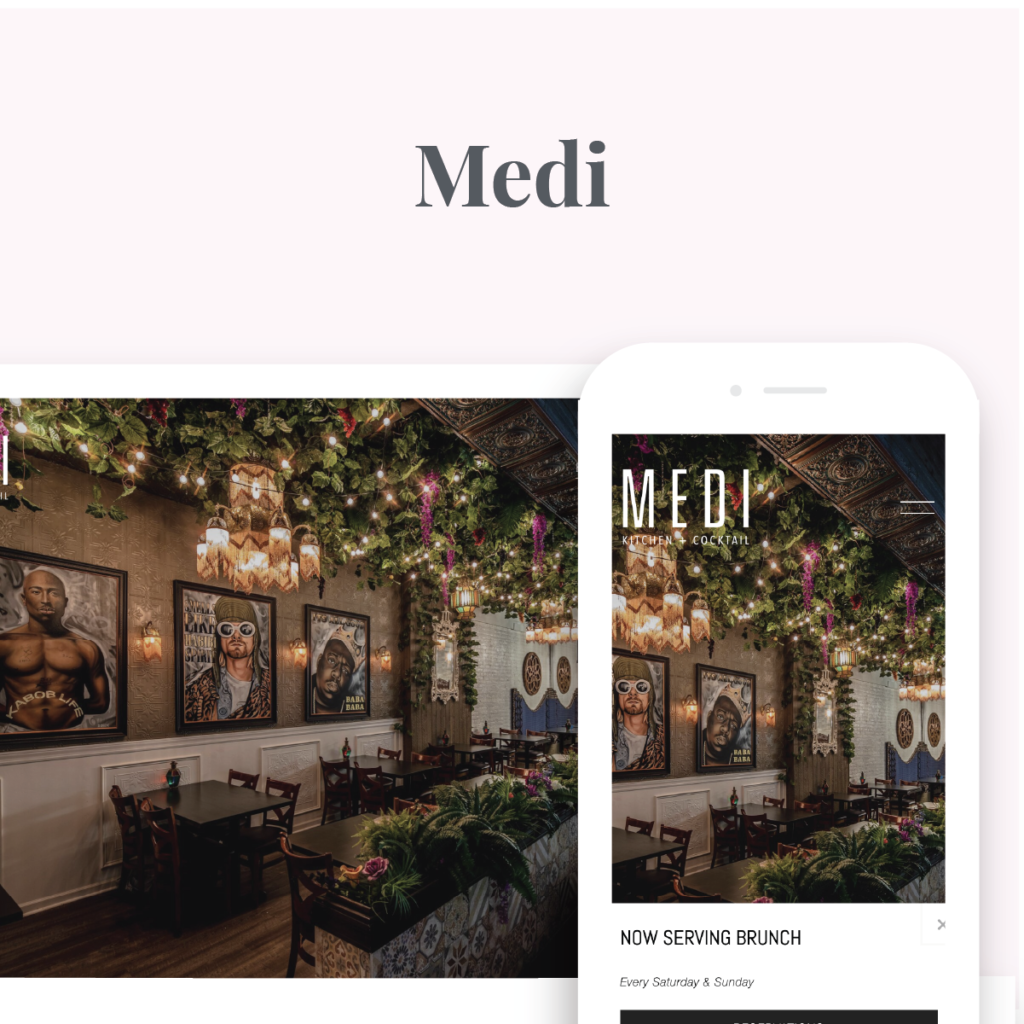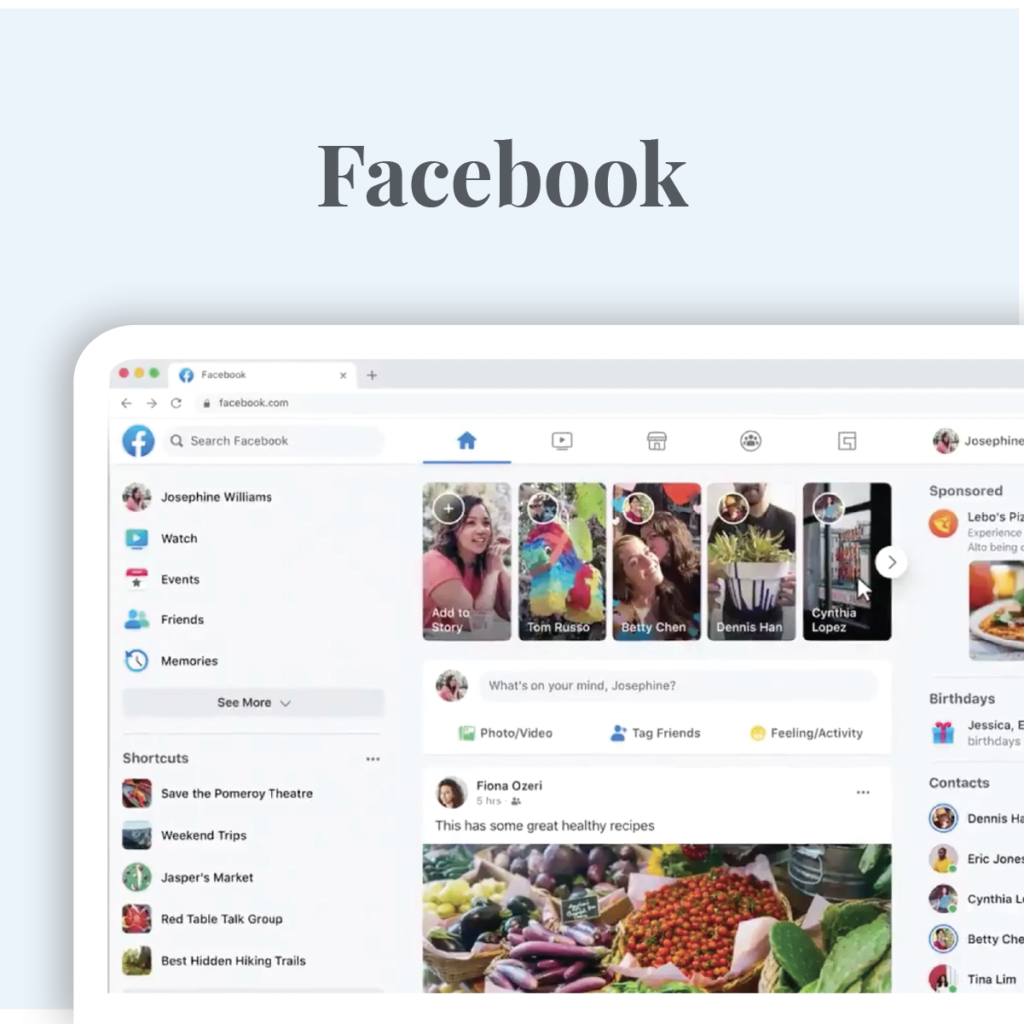Posht
Creation of a product to assist with poor posture.
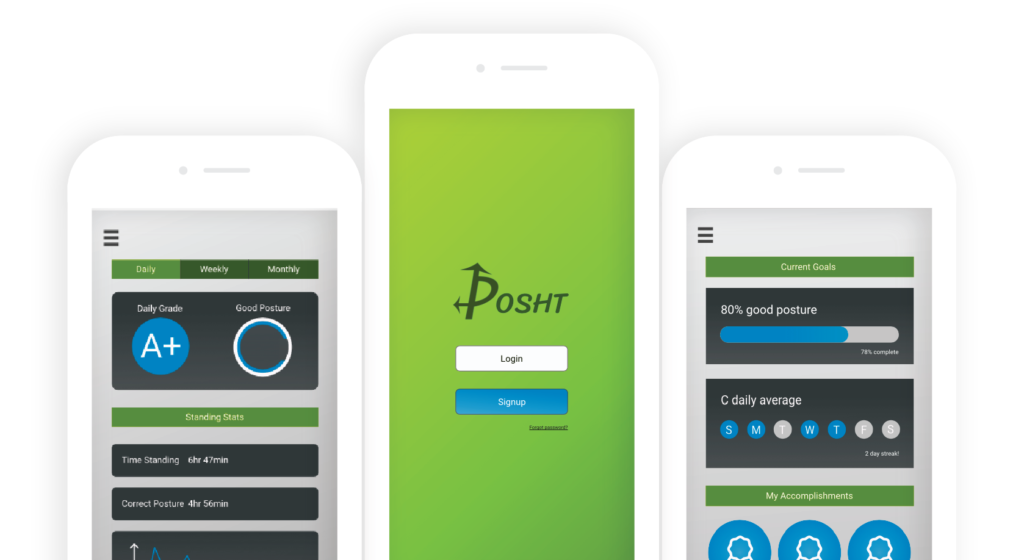
Background
As our world becomes increasingly digitized, people are spending more time sitting in front of their computers. Even while upright, we are conditioned to spend time looking down at our mobile devices, causing neck pain, back pain, and overall poor posture.
Our challenge was to create a product that would track and help safely correct our user’s poor posture.
The solution we created was Posht – a mobile application and wearable device that would take in data about the user’s posture and produce timely advice to assist the user in correcting their posture. Posht securely allows users to be in charge of their standing and sitting habits to prevent or diminish their back pain.
Use of Agile Method
During this project, my team placed importance on using the agile method for development of our product. Through research, planning and analysis, and collaborative sprints, my team developed a cohesive and effective product.
Research
My team and I used surveys, secondary research and user testing to pinpoint our cultural environment and user needs.
Environmental Research
The COVID-19 pandemic has caused more people to stay at home and indoors.
Our increasingly digitized world has caused people to spend more time seated at computers.
Increasing phone usage and technology has negatively impacted user posture.
Survey Results
We developed a short, but effective survey to address consumer concerns and needs. We captured the answers from 39 respondents. Some of the results from this survey are posted below:
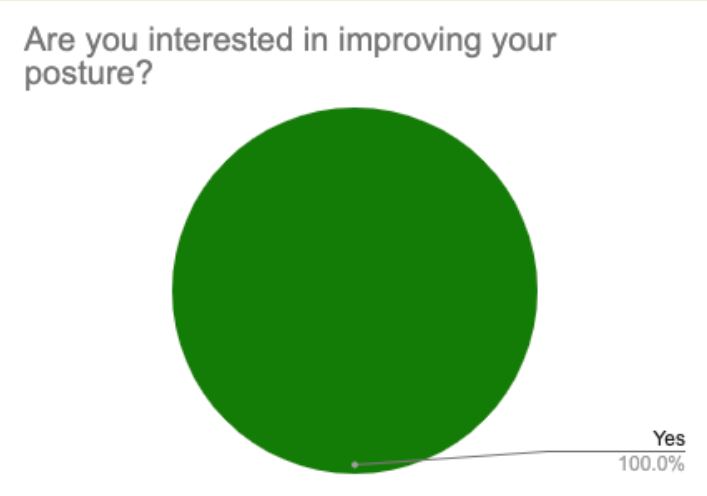
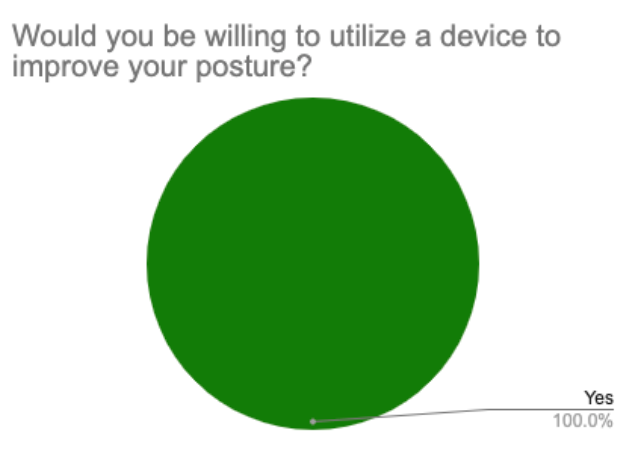
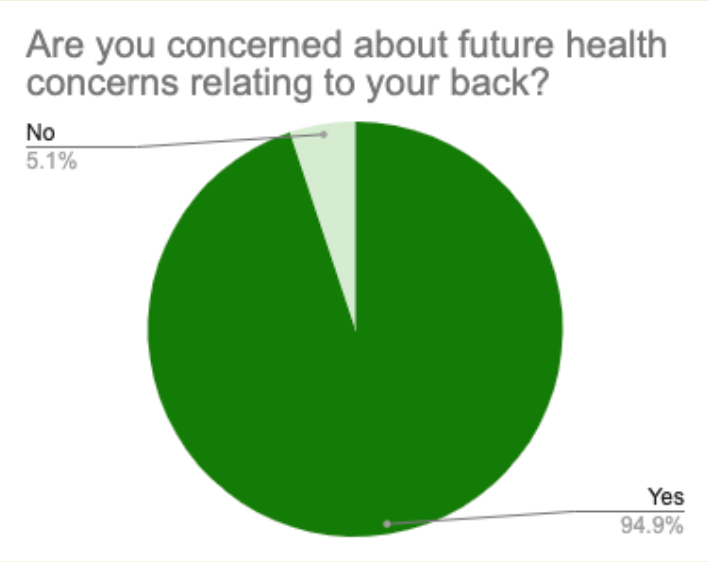
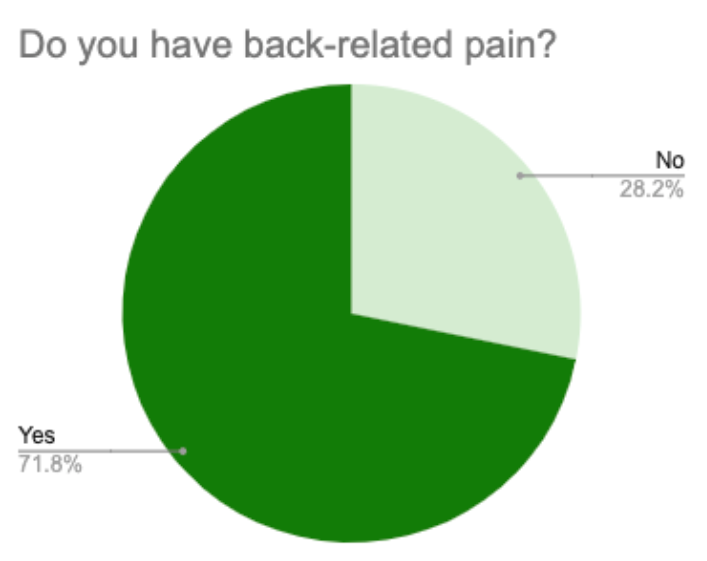
User Research Key Insights
WANT TO IMPROVE POSTURE
All of our users reported that they were interested in improving their posture. This presents as an excellent motivation for our product.
INCREASED TIME SEATED
Users reported an average of 9.05 hours spent seated at a computer was 9.05 hours, nearly 40% of the day.
ADOPTION OF TECHNOLOGY
Users reported they would be willing to utilize a device to improve their posture.
Target Users & Stories
Based on user research, we identified two user types to design our product around.
User Types
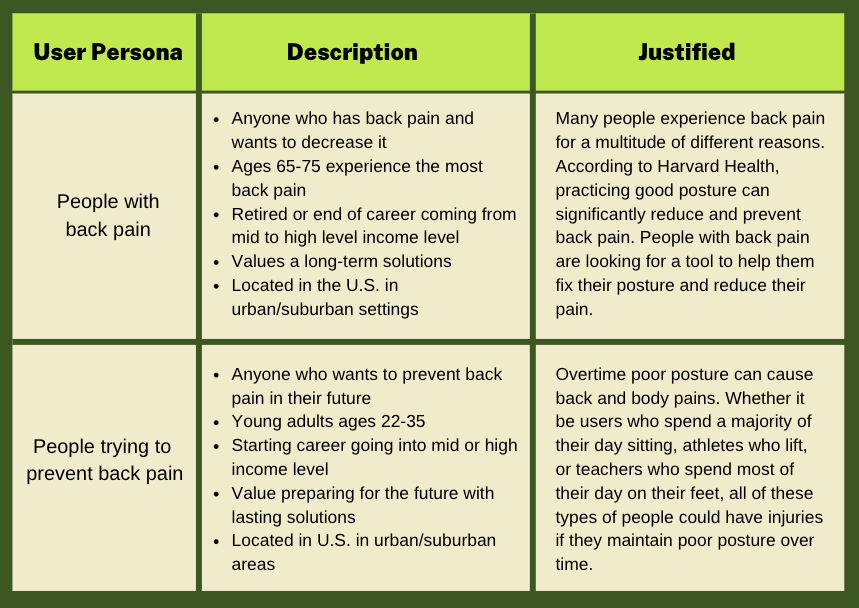
User Stories
To communicate our design decisions, my team and I created user stories. These stories helped us articulate how each task would deliver value to our consumers.
1.
As a person with back pain, I want a product that gives me immediate feedback to correct my posture because I want to decrease my back pain.
2.
As a young person, I am looking for a product that will track my daily posture and tell me how to correct it because I want to avoid posture-related health conditions in my
future.
Problem Statement
Users who are concerned about their posture need a device and application to easily track their posture and help them understand how to correct it.
Product Mapping
My team and I utilized the CREATE method to map how our users would interact with our product.
Cue:
The user receives a notification from their app suggesting that they use the product.
Reaction:
The user is reminded of their drive to improve their posture and begins to use the product.
Evaluate:
The user engages with the app and incorporates in feedback that the app gives them. The value that the user gains from opening the app and using the feedback is better sitting posture.
Ability:
The user has the ability to correct their posture using the feedback given by the app.
Time:
There might be circumstances where the user is unable to effectively correct their posture. Our product works best when the user is working out or when they are sitting down for long periods of time.
Experience:
The user correcting their posture might not be the most enjoyable experience, but the goal is to make it as pleasant as we can. Our team is going to do this by incorporating feedback and providing the user with a community to share their progress.
Application Creation
Initial Application Wireframes
We created wireframes and performed usability testing to inform our final application designs.
User Statistics page that will assist users in interpreting their posture over time.
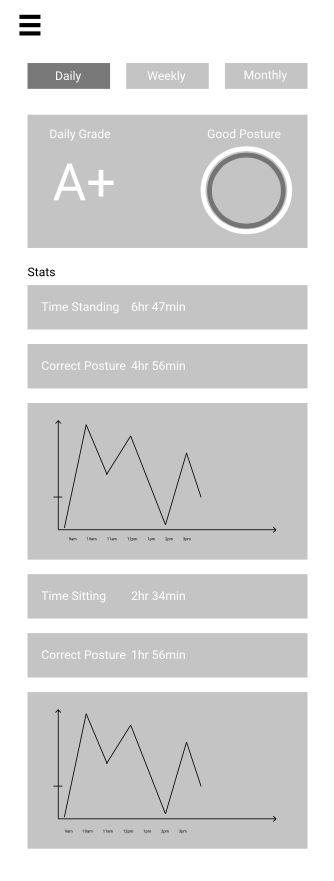
Goals page will allow users to set their own goals and pace they want to improve their posture at.
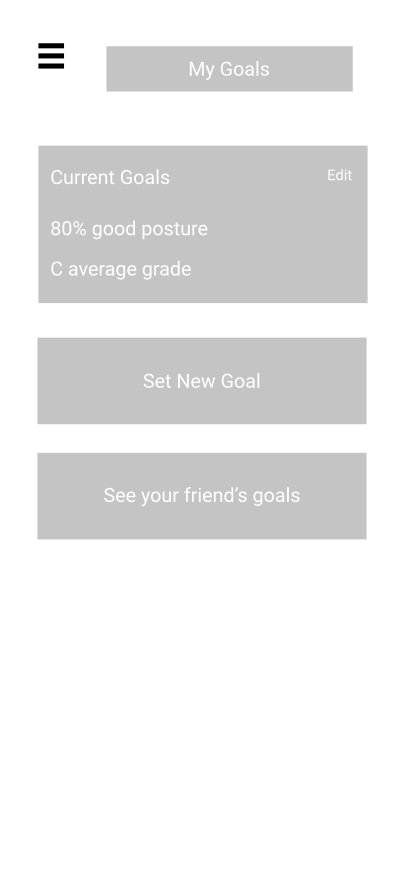
Community feature that will allow users to connect over their goal accomplishments.
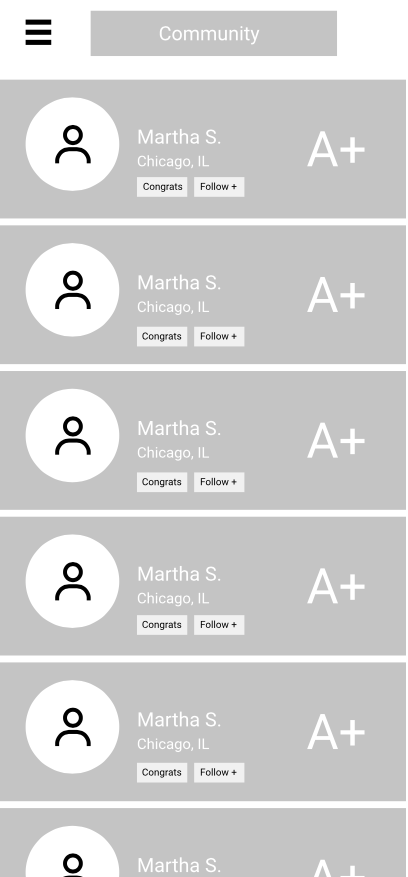
Usability Testing
I performed usability interviews with the wireframes to catch pain points early in product development.
Pain Point: Some users found difficulty interpreting the graphs.
Possible Solution: Have options to display data in different methods.
Pain Point: Goal setting was perceived as boring to some users.
Possible Solution: Allow users earn "badges" for their posture accomplishments to increase motivation.
Solution
Based on our findings from research, we created concepts for a device and application that would assist users in fixing their posture.
Posht Application
I used our key insights from our usability testing to create a high fidelity prototype.
A login screen was added to create a unique user profile and save user data.
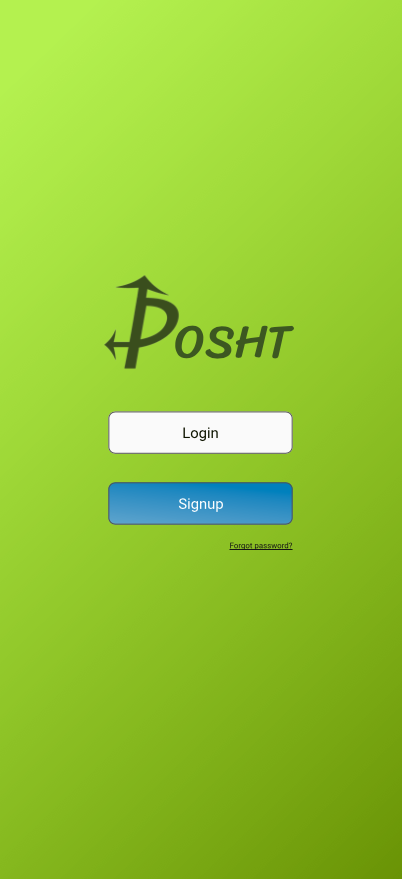
Informed by usability testing, users have the ability to view graphs as bar or line graphs.

To increase user satisfaction, I gamified the goal-setting experience by allowing users to earn badges after achieving a goal.
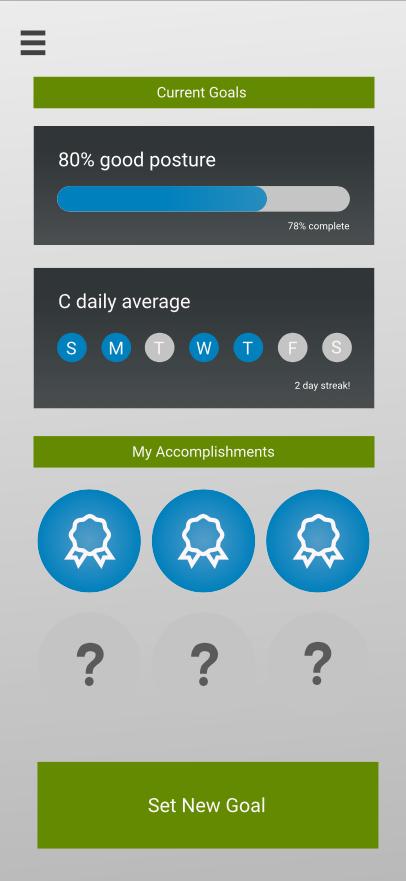
Posht Device
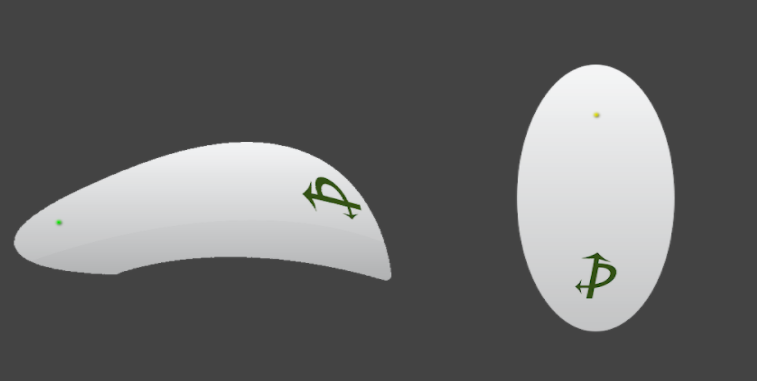
This device will be placed at the base of the neck of the user. It will come with replaceable adhesive and be worn inside or outside of clothing. The small light on the device will be a cue to the user to know if the device is placed incorrectly or needs to be charged.
This device will use bluetooth to pair to the user’s phone and send data to be processed by the Posht application.
The application will use discrete notifications and custom vibration patterns through the user’s phone to communicate immediate posture feedback to the user.
Future Steps
This was the first of our many sprints in this product design. Upon further development, we will accomplish the following.
- Perform user testing to understand which graphical models are easiest for users to understand.
- Flesh out application prototype
- Design community feature and user profiles
What I Learned
Agile methodology is extremely effective in product design and development:
One of my favorite parts of this case study was working in an agile environment. Although it can never be performed completely perfect, this method was one of the best methods I have experienced to communicate design decisions and optimize product production. Moving forward, I will look to implement aspects of the agile method in my future development.
Test early
One of the most important parts of this method was testing and testing early. From our initial survey, we knew that there was a need for a posture product, however had I not tested our wireframes, we would have developed the app using incomprehensible graphical models. This would have rendered our product confusing and not user friendly.
